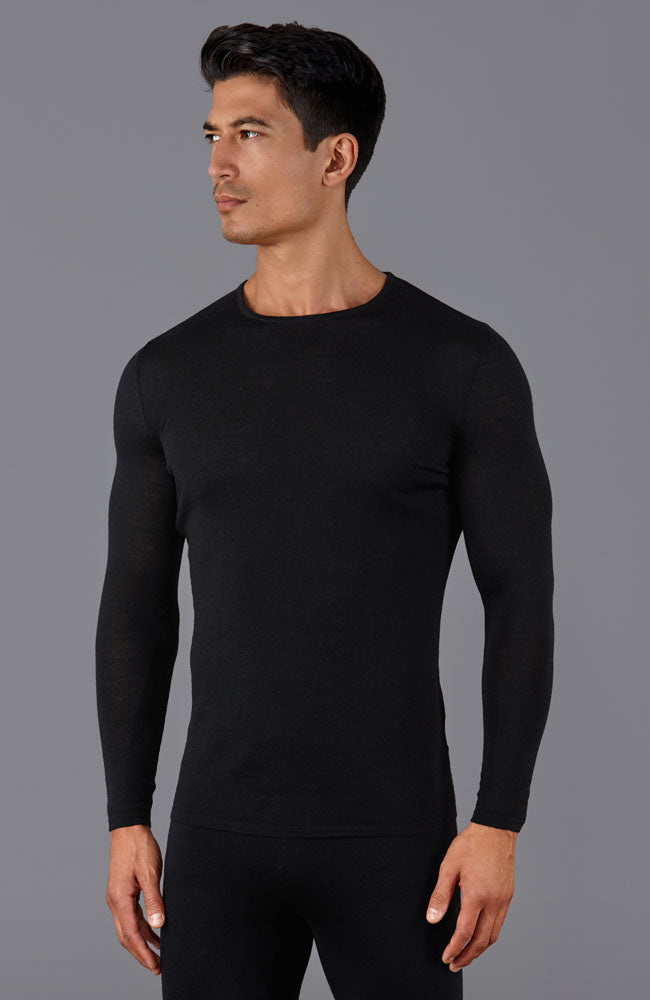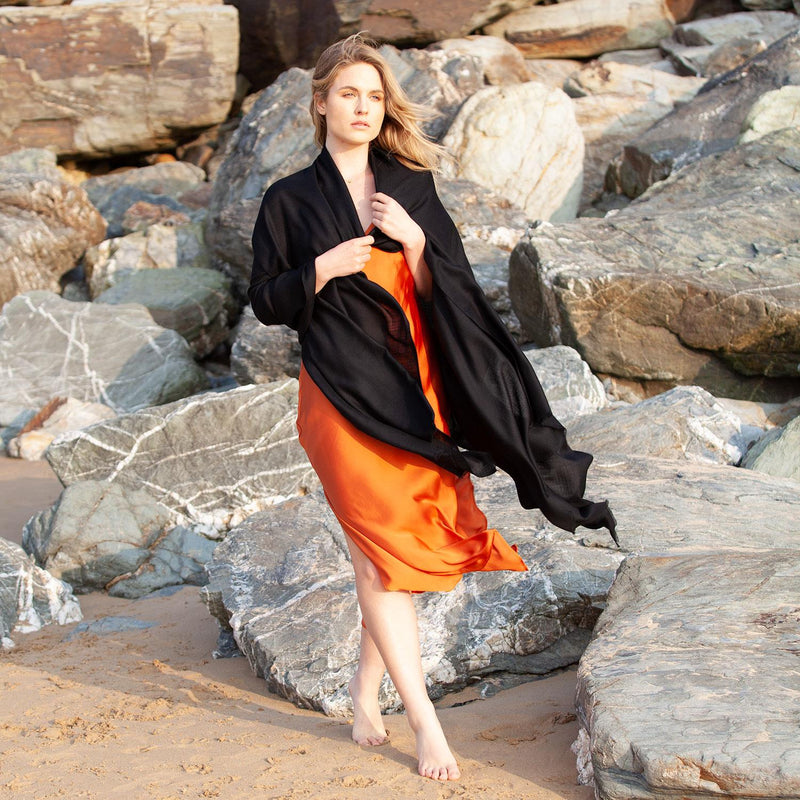Updated Merino Wool Base Layer Guide
Wiki Article
What Makes The Base Layers Of Yak Wool Effective For Winter Sportswear In Terms Of Warmth/Temperature Regulation In Addition To Moisture Management, The Durability And Comfort?
The base layer of yak merino is perfect for winter sports clothing because it is a combination of factors which increase warmth, temperature control as well as moisture management. It also provides comfort.
Both Merino and yak wool have natural insulation properties. Yak, with its hollow filaments, suffocates the air and provides exceptional warmth. Merino Wool is known for its exceptional insulation.
Controls body temperature- The combination fabric regulates body temperature by keeping warmth from cold temperatures but allowing breathing during intense activity.
Moisture Management-
Merino Wool is a moisture wicking. Merino's wicking properties pull moisture from the skin dispersing it, preventing sweat from accumulating. Yak wool similarly helps transport moisture to keep the wearer dry and comfortable during vigorous physical exercise.
Comfort-
Softness- Merino fibers are renowned for their fine, soft fibres, which are more gentle to the skin. The addition of yak wool, which also has soft fibers, improves comfort.
Odor resistance: Both are antimicrobial, and will keep your garments fresh by reducing the growth of bacteria.
Durability-
Strength and Resilience Yak wool is a very high level of durability. When you combine it with the strength and resilience of merino fibers fabric is created to be robust and durable.
Natural Fiber Benefits-
Renewability- Yak and Merino wool are renewable, biodegradable fibers, which makes them environmentally green choices.
Versatility- The natural properties of these wools enable them to adapt to a variety of weather conditions, while maintaining their efficacy in wet and dry conditions.
Combining the best qualities of yak and merino wool creates an extremely warm fabric and toughness. It also regulates temperature, controls moisture, offers comfort and is durable. This makes yak merino wool base layers very effective in winter sports apparel, which can cater to the requirements of winter sports in cold weather, and making sure that the wearer is comfortable and dry. Read the best click this link on merino wool base layer for site tips including smartwool 250 base layer bottoms, merino wool thermals, wool thermals womens, merino wool base layer mens, wool undershirts, omniwool base layer, best long underwear for skiing, merino wool ski base layer, wool layers, heavyweight merino wool base layer and more.

What Are The Advantages Of Wearing Bamboo Clothing With Regard To Comfort, Sustainability And Protection For Outdoor Winter Clothes?
Bamboo clothing is an excellent option for outdoor clothes that offers comfort, security, and sustainability.
Softness Bamboo fabric's smooth texture and softness makes it a gentle skin. Bamboo fabric is frequently compared in terms luxury to silk and cashmere.
Bamboo fibers have moisture-wicking properties, which pull moisture away and keep users dry and comfortable when they engage in physical activity.
Thermal Regulation- Bamboo clothing has natural temperature-regulating properties, providing warmth in winter while remaining breathable to prevent overheating.
Sustainability-
Bamboo is a sustainable resource. It grows rapidly without chemical fertilisers or pesticides. Bamboo is a plant that regenerates quickly, making it an environmentally friendly choice.
Bamboo has a minimal environmental impact. Bamboo uses less water and soil nutrients than cotton. Bamboo is also able to absorb more carbon dioxide and release more oxygen to the atmosphere compared to other plants.
Protection for Outdoor Wear-
UV Protection- Bamboo fabric is a natural shield against harmful UV rays.
Bamboo has antibacterial characteristics. Bamboo contains "bamboo Kun," a natural agent that inhibits the growth of bacteria that are responsible for the odors. This makes clothing fresher for longer, especially when used outdoors.
Other Benefits-
Durability Bamboo fibers are durable and strong, making the perfect material for outdoor wear.
Biodegradability- Bamboo clothing is biodegradable. It can decay in a natural manner at the end of its cycle, which reduces environmental impact.
For outdoor winter clothing Bamboo fabric offers the comfort of cotton and thermal control. It also manages humidity and is environmentally sustainable. Have a look at the recommended bamboo clothings for website recommendations including bamboo shirt, bamboo shorts mens, bamboo twirl dress, bamboo trousers mens, onno bamboo shirts, bamboo sweater, bamboo ave shorts, bamboo t shirts womens, bamboo cay christmas shirts, bamboo activewear and more.

How Do Merino And Bamboo Compare To Wool Texture, Heat And Moisture Absorption
Comparing merino wool with traditional wool and bamboo clothing in terms of texture, warmth, moisture absorption, and the texture.
Merino Wool Merino Wool Merino Wool is well-known for being soft and having fine fibers. It has a smoother and less scratchy texture as compared to other varieties of wool. It is considered to be more relaxing.
Bamboo Clothing- Bamboo fabric is soft and smooth, often compared to luxurious fabrics like cashmere or silk. Its soft and delicate texture makes it comfortable.
Traditional Wool - Traditional wool is available in various textures. Some may be coarser than others and cause itching, irritation or discomfort compared to clothing made from Merino.
Warmth-
MerinoThe Merino Merino offers exceptional warmth due to its insulating qualities. It holds heat even when damp and offers effective insulation in cold weather conditions.
Bamboo Clothing can be warm, but it might not have the same insulation as Merino wool. Bamboo clothing is a great temperature control, making it comfortable in all conditions.
Traditional Wool- Similar to wool from merino sheep, wool traditional provides warmth and insulation. Although it is often heavier, or more bulky than bamboo or merino clothing.
Moisture Absorption-
Merino Wool Merino Wool's moisture-wicking property allows moisture to escape the skin. Even when it is damp it is warm.
Bamboo Clothing- Bamboo fabric also has moisture-wicking capabilities which draw away moisture from the skin while providing the comfort needed during physical activity. Bamboo clothing regulates moisture and keeps wearer dry.
Traditional Wool: While wool can absorb moister however, it does not possess the same moisture-wicking properties as merino and bamboo fabrics. Certain kinds of sheep's hair can feel heavy and damp after being wet.
Summary The Merino Wool fabric is renowned for its soft, warm and has exceptional water-wicking properties. Bamboo clothing provides a silky and smooth texture, adequate warmth, and excellent moisture control. Traditional wool can vary in texture and may provide warmth and moisture absorption but might appear coarser or heavier compared to bamboo or merino clothes. Each type of material has distinctive characteristics that are tailored to suit different needs and preferences. Take a look at the recommended great site on merino winter clothing for blog examples including best base layer for skiing women's, merino wool thermals women's, merino base layer cycling, smartwool 1 4 zip mens, smartwool 1 4 zip womens, wicked wool base layer, ski base layer womens, smartwool mid layer, best merino wool base layer women's, smartwool long sleeve shirt and more.
